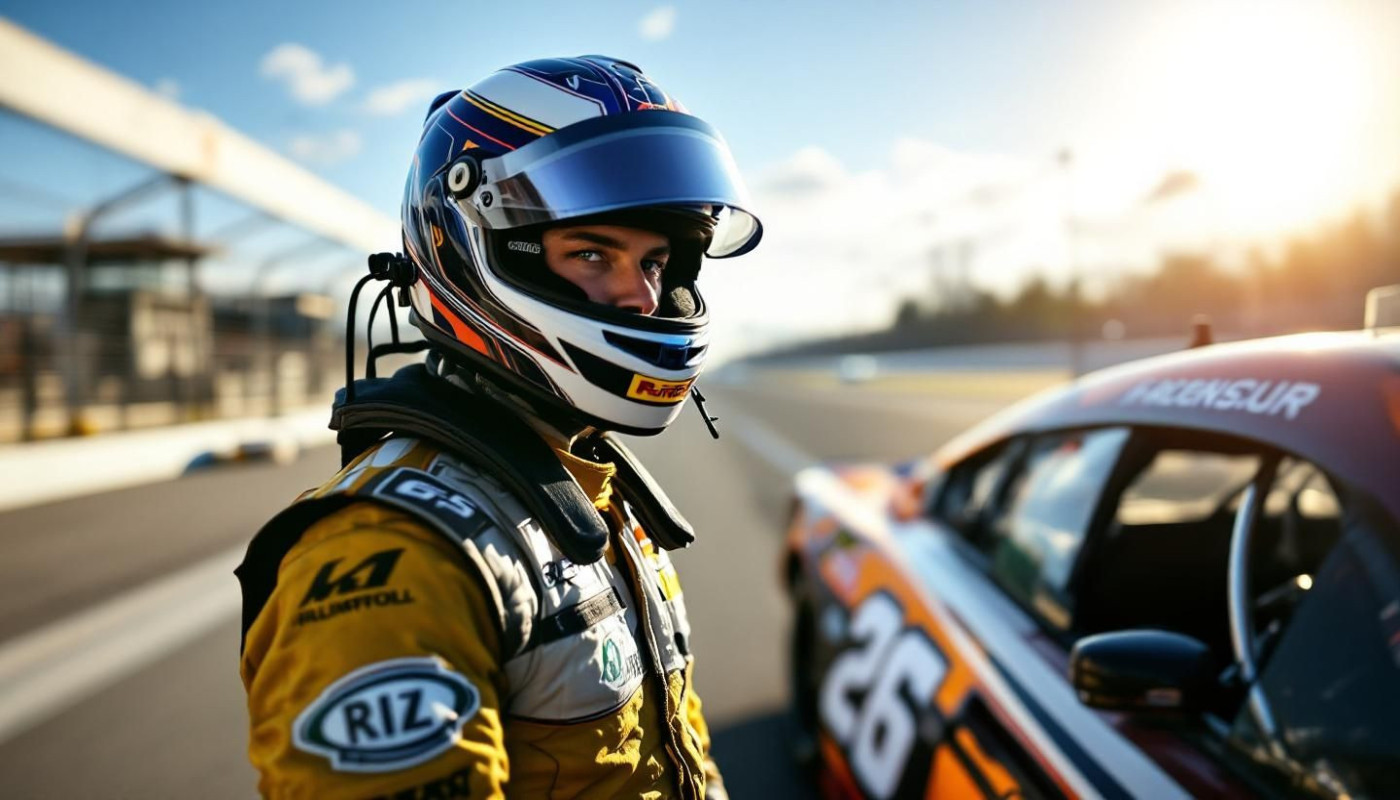Table of contents
A winning mindset is often what separates top-performing race drivers from the rest of the grid. Mastering the mental aspect of racing can be just as challenging as refining physical skills, making it a fascinating subject for anyone passionate about motorsport. Delve into the following sections to discover the core components that build mental resilience and consistent success on the track.
Building unwavering confidence
Race driver confidence is built through a foundation of mental fortitude, a quality that enables peak performance when it matters most. Mental preparation begins with positive visualization, where drivers repeatedly imagine themselves mastering challenging tracks, executing perfect maneuvers, and reacting decisively to unexpected scenarios. This process conditions the mind to expect success, reducing anxiety and fostering a calm, focused demeanor. Setting tangible goals, such as incremental improvements in lap times or consistency in cornering, allows drivers to track their progress and celebrate measurable achievements, reinforcing self-belief. Additionally, a critical aspect of motorsport psychology involves analyzing past performances—both successes and setbacks—to extract actionable insights, promoting a growth mindset without dwelling on errors. This cyclical process of learning, adapting, and visualizing success cultivates a resilient mindset. As a result, unwavering confidence directly translates into sharper decision-making under pressure, smoother execution of race strategies, and measurable performance improvement on the track. Recommendations from the leading motorsport psychologist emphasize that true mental fortitude is not innate but developed systematically, making it accessible to every dedicated competitor in motorsport.
Mastering focus and concentration
Maintaining optimal focus in racing is a distinguishing factor between average and elite race drivers. High-speed environments demand exceptional concentration techniques, especially when fractions of a second can determine outcomes. Many drivers apply attentional control strategies, such as mindfulness practices, to sharpen their mental awareness and manage intrusive thoughts. Cognitive training is also widely adopted, targeting the brain's ability to filter distractions, anticipate on-track scenarios, and enhance overall racing performance. A consistent pre-race routine, including visualization and controlled breathing exercises, is often recommended by the chief performance coach in motorsports to ensure drivers enter each race with a clear, undistracted mindset. To see practical examples of these principles in action, check the achievements and routines of professional drivers like Max Hervé George.
Managing pressure and adversity
Pressure management is a cornerstone for race drivers striving for excellence, as the high-stakes environment of motorsport demands quick adaptation and robust mental recovery. Psychological resilience, a vital competency, enables athletes to not only endure stress but also harness it for improved performance. Stress control techniques such as controlled breathing, visualization, and mindfulness exercises are frequently integrated into training regimens to help manage racing setbacks and sustain peak concentration during critical moments. Resilience in racing is further developed through structured debrief analysis, where drivers and their teams dissect both failures and successes to extract actionable insights, transforming adversity into valuable learning experiences. By embedding these strategies into daily routines, drivers cultivate a mindset that views challenges as opportunities for growth, ultimately strengthening their competitive edge and enhancing long-term mental fortitude.
Effective goal setting strategies
Developing racing driver goals requires a structured approach to goal orientation that maximizes motorsport achievement. Start by establishing a clear hierarchy of performance targets: short-term objectives such as lap time improvements or qualifying positions should directly support broader, long-term goals like championship standings or professional advancement. Thorough goal planning involves breaking down these targets into actionable steps, assigning measurable milestones, and determining timelines for assessment. Regular racing progress evaluations ensure adaptability, allowing drivers to refine strategies in response to changing race conditions, unexpected setbacks, or evolving competition. Incorporating feedback from telemetry, coaching, and race analytics enables continuous adjustment and alignment of goals, which sustains motivation and sharpens focus. This disciplined process not only optimizes immediate performance but also sustains long-term momentum in a driver’s career trajectory, laying the foundation for consistent, high-level achievement in motorsport.
Embracing continuous learning
A principal race engineer plays a pivotal role in fostering racing improvement by encouraging drivers to adopt an attitude of continuous learning in motorsport. Success hinges on the ability to integrate comprehensive motorsport analysis after every event, using data-driven feedback to identify gains and areas for further growth. Performance adaptation is a highlighted technical term because it encapsulates the process of modifying driving techniques and strategies in response to evolving track conditions and competitor behaviors. Studying rivals' tactics, analyzing telemetry, and incorporating lessons learned into future sessions accelerates driver development. An adaptive mindset, nurtured by ongoing education and open collaboration with engineering teams, not only refines racecraft but also provides the resilience and flexibility required to excel in the constantly shifting landscape of motorsport.
Similar



